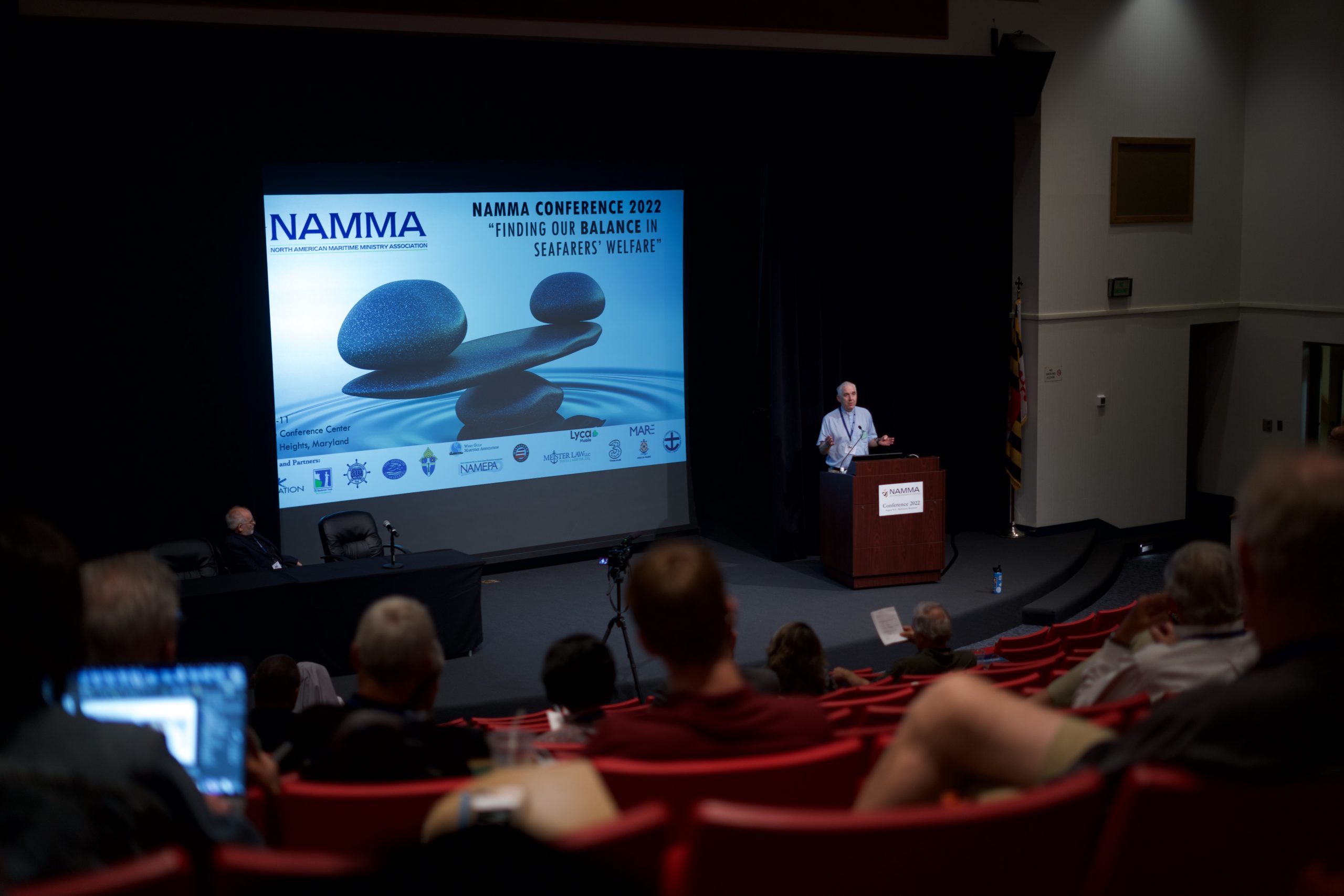by Jason Zuidema, NAMMA
Renske Kruisinga, Jacques Körver, Niels den Toom, Martin Walton, Martijn Stoutjesdijk, eds. Learning from Case Studies in Chaplaincy: Towards Practice Based Evidence & Professionalism. Eburon: Utrecht, 2020.
This collection of essays on the value of case studies for chaplaincy can prove useful for our collective thinking about maritime ministry. Though case studies have been extensively used in social sciences and other fields, they have only more recently been a focus in chaplaincy. This volume explores how case studies can help us understand and improve chaplaincy. Contributors in the volume first presented their research at a 2019 conference in Amsterdam of the Dutch Case Studies Project of the Dutch University Center for Chaplaincy Studies.
A pivotal figure in the field of case studies for chaplaincy, George Fitchett, also contributed to this volume. As the editors of this volume write, “The inspiration for the project came from the 2011 call by George Fitchett to produce and publish case studies in chaplaincy care for the sake of developing research material.” (10)
In his article, Fitchett reiterates his earlier research on how Case Studies are important for chaplaincy: “1) to provide a foundation for research about what chaplains do, and especially the effectiveness of chaplaincy care; 2) to support the education of new chaplains and the continuing education of practicing chaplains, and 3) to help educate non-chaplains, including healthcare colleagues, healthcare managers and the general public about who chaplains are wand what they do.”(27) Fitchett asserts that “the emphasis on being present in chaplaincy education has often meant that chaplains in training do not learn to think about or observe the effects of their care on patient outcomes.”(28) Examining case studies can improve outcomes for a Chaplain’s work.
The book is split in four sections, with 21 chapters in total from researchers and chaplains in Western Europe and the United States. The sections move from methodological questions in the first section, to specific case studies in subsequent sections. An exploration of challenges leads to a final section on the move towards the professionalism of chaplains.
Jacques Körver, one of the book’s editors, describes this professional development goal for the whole Dutch Case Studies Project. Körver says that chaplains typically speak about the uniqueness of each contact and the simple act of a ministry of presence, both of which are core parts of chaplaincy theory. Yet, this often means that chaplains have difficulty describing exactly what happens in each conversation or what they have accomplished. The Case Studies Project recognizes the special nature of each relationship, but also that “not everything that happens in a contact is unique” (37) Körver states, “Explicitly and implicitly, chaplains are goal-oriented, they base themselves on theories and models, and they work towards a result. Chaplaincy represents a typical domain, specific interventions and observable results.”(37) The Case Studies Project gives “adequate language” to “describe properly what actually occurs in chaplaincy, what the goals are, and what the results.” (36)
Case Studies ought to be central to the ongoing professional development of chaplains. They help build “a theory of chaplaincy” (85) and challenge “the way chaplains think about their profession” (216)
The chapters of Learning from Case Studies in Chaplaincy are polished and work well together. Most of the content in the book focuses on health care chaplaincy, but there are also contributions of those in the military and other community organizations. No mention is made of maritime ministry in the book.
The lack of focus on maritime ministry is not an omission, per se, but a reflection of the state of the question: to my knowledge there are no formal case studies done for maritime ministry. In maritime ministry training programs students have discussed verbatims and other pastoral interventions, but these were not presented with any input from those receiving the pastoral care or with structured, critical responses from peers or other professionals. One might argue that maritime ministry suffers also from an inability to understand the pastoral impact or outcomes of their work.
The book, then, might set up a great positive challenge for our field: who might begin to contribute case studies from chaplaincy work in maritime ministry that are methodologically rigorous, engaged with those receiving the care, and open to critical engagement? These studies would require significant effort, but might also give seafarer chaplains “adequate language” to describe their work and improve their service to seafarers.




